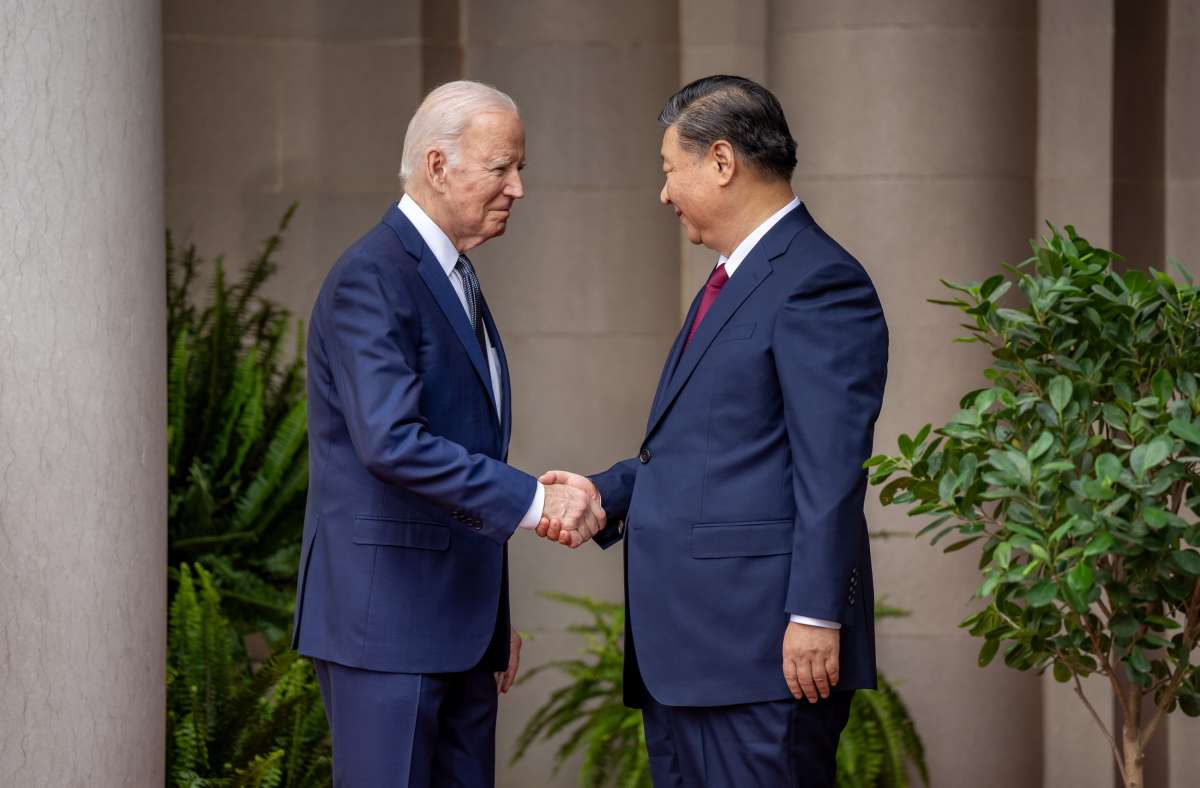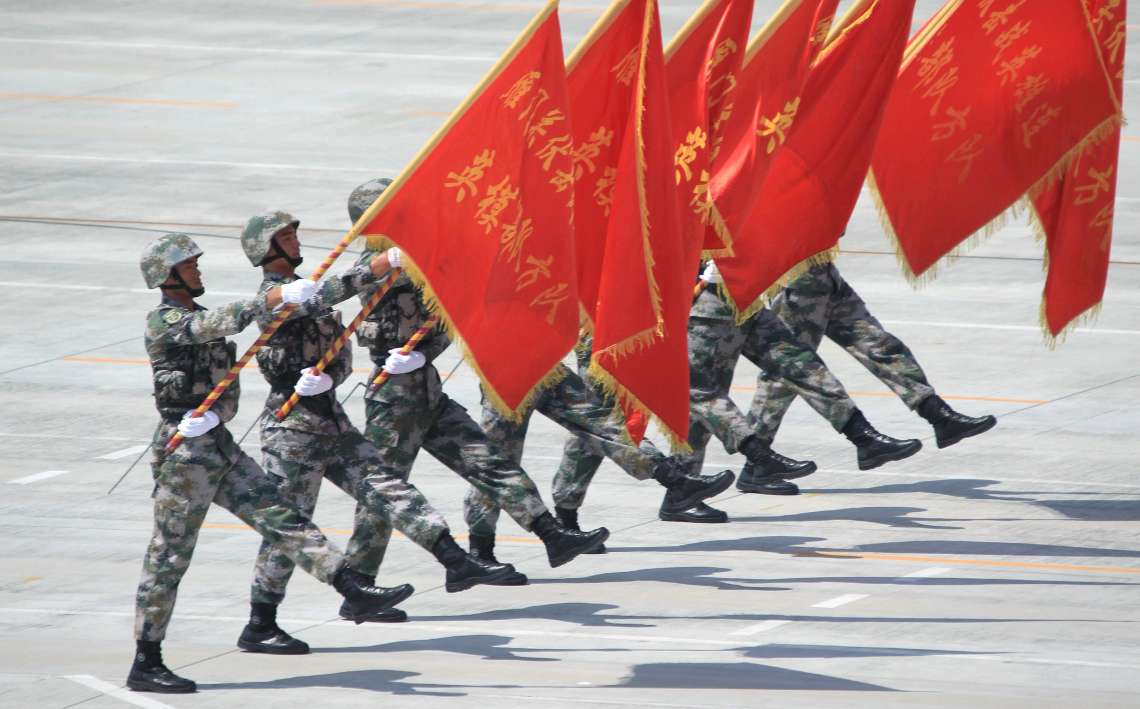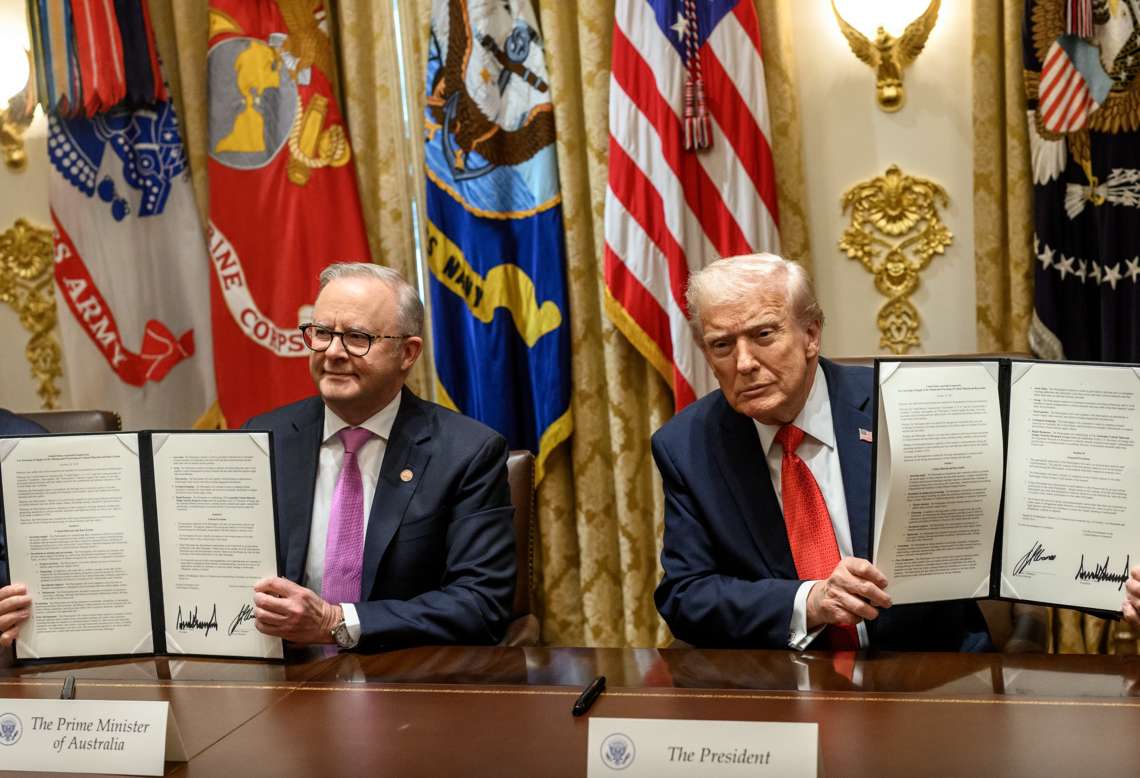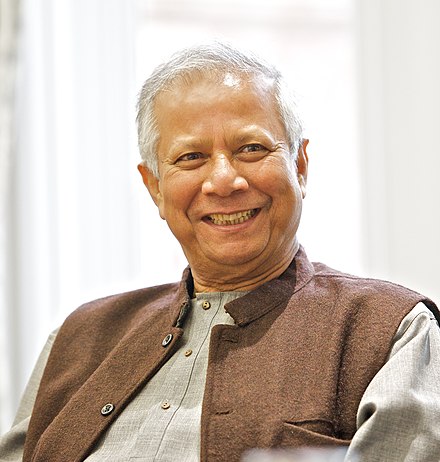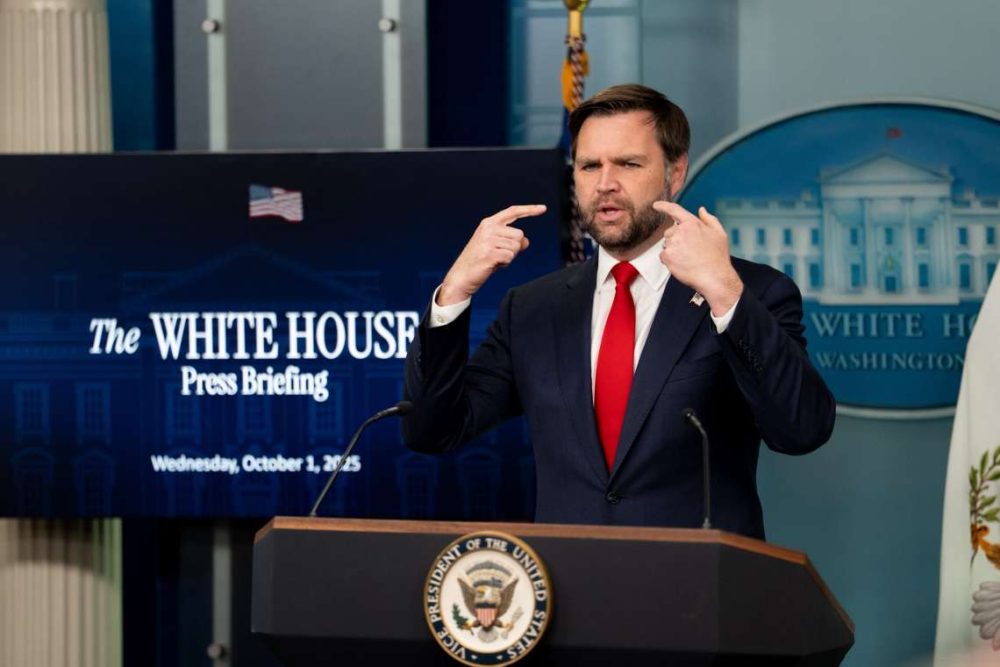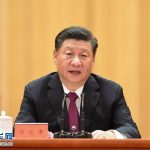While he sat down for talks with President Biden, the Chinese leader showed no signs of deviating or tweaking the two centenary goals, which anchor a basic contradiction in the China-US ties, reports Atul Aneja
During the much-awaited talks between Chinese President Xi Jinping and his US counterpart Joe Biden, Beijing and Washington have defined a new roadmap for dialogue.
These talks in San Francisco, on the sidelines of the APEC summit, build on the ice-breaking Xi-Biden dialogue held at Jakarta during the G-20 summit held last November in Bali.
So, what has Xi and Baden achieved in San Francisco? More importantly, has a new initiative been taken that has the legs to transform China-US ties positively and fundamentally? Besides, will whatever has transpired in San Francisco leave a trail towards a new global hierarchy apexed by the G-2—US and China?
It is now evident that China and the US have averted a head on collision, by embedding their relationship with several safety valves to release tensions, which are bound to arise following Beijing’s disruptive assertion to achieve its two centenary goals. During the 19th Party Congress of the Communist Party of China (CPC) in 2017, President Xi had declared his country’s pursuit of two strategic goals. The first, which has already been achieved officially, was to remove extreme poverty, by doubling the 2010 GDP by 2021. In turn, the removal of extreme poverty would turn China into a “moderately prosperous society.” The second centenary goal, which was bound to draw the US into fierce competition, was to turn China into a leading nation in all spheres of human endeavour. The timeline for achieving the second goal was 2049—a year that aligned with the 100 years of the formation of the People’s Republic of China (PRC). The historic project would culminate in a great rejuvenation of China or the achievement of the “Chinese dream.”
While he sat down for talks with President Biden, the Chinese leader showed no signs of deviating or tweaking the two centenary goals, which anchor a basic contradiction in the China-US ties. He pointed out that with its development following its own logic and rules, “China is advancing the great rejuvenation of the Chinese nation through modernization in its own unique style.” Xi also stressed that “China has no plans to surpass or replace the US, and the US should not attempt to suppress or contain China.”
Yet, the world’s largest and second largest economy showed their firm intent to avoid a military conflict—a position that undergirded a string of conflict-avoidance measures channelled through an intricate, multi-layered military dialogue mechanism.
Consequently, the talks yielded revival of high-level military communication apart from envisaging the China-US defence department working meetings, China-US military maritime security consultation mechanism and China-US military regional leaders’ conversations.
The two sides also agreed to strengthen their partnership to mitigate the Climate crisis, set up an intergovernmental dialogue on Artificial Intelligence (AI), and establish a China-US drug control cooperation working group to contain the availability and usage of the deadly fentanyl synthetic opioid that has spread like a wildfire in the US.
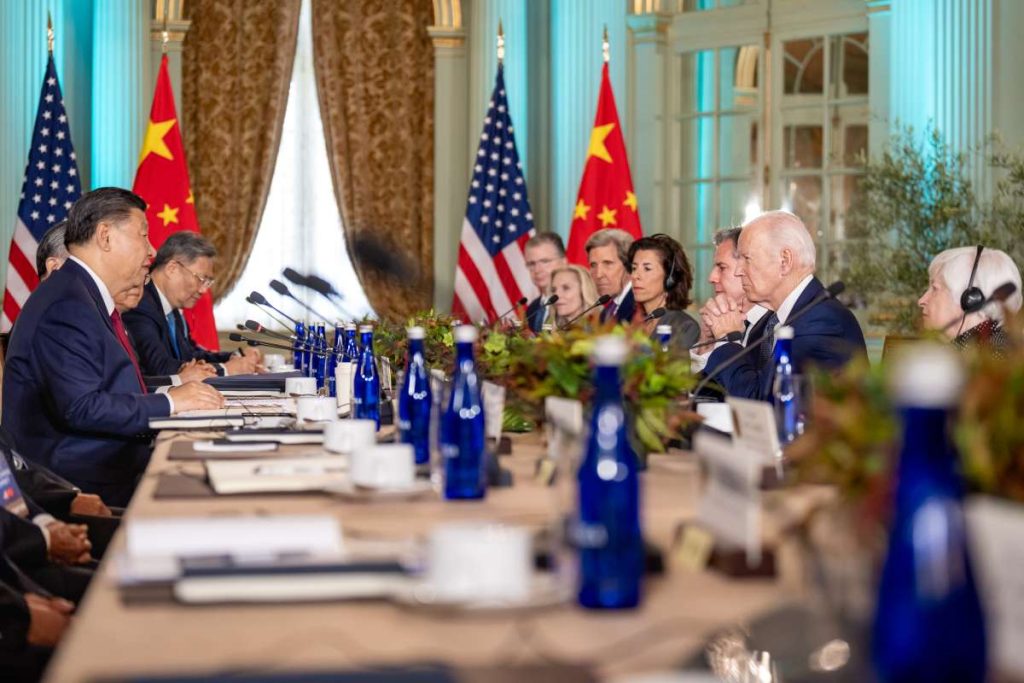
Though San Francisco has opened re-engagement, there are serious underlying problems, caused by Beijing’s rise and pursuit of the China containment strategy by the United States.
For instance, the US is bound to counter China’s intent to exercise its sovereignty over Taiwan under the one-China principle. From a US perspective, Chinese control over Taiwan has deep geostrategic implications, as it will liberate Beijing from the carefully crafted island-chain strategy, which took root after World War-II.
Historically, the emergence of the People’s Republic of China (PRC) in 1949 and the onset of the Cold War, led John Foster Dulles, a former US Secretary of State, to develop the “island chain strategy” of besieging China and the former Soviet Union from the sea. Dulles’s doctrine, aired during the heat of the Korean War in the early fifties, had three layers.
Of the three island chains, the “first island chain” was the most important. The lengthy network starts from Kamchatka peninsula in Russia’s Far East and weaves its way into Japan. Then, from the southernmost part of the Japanese mainland, it passes through Okinawa, a part of a larger Ryukyu Island chain which ends with Taiwan. From Taiwan, the “first island chain” heads towards the Philippines and the island of Borneo, before looping towards the tip of the Malay Peninsula. After the collapse of the Soviet Union, the first island chain has begun to increasingly focus on China.
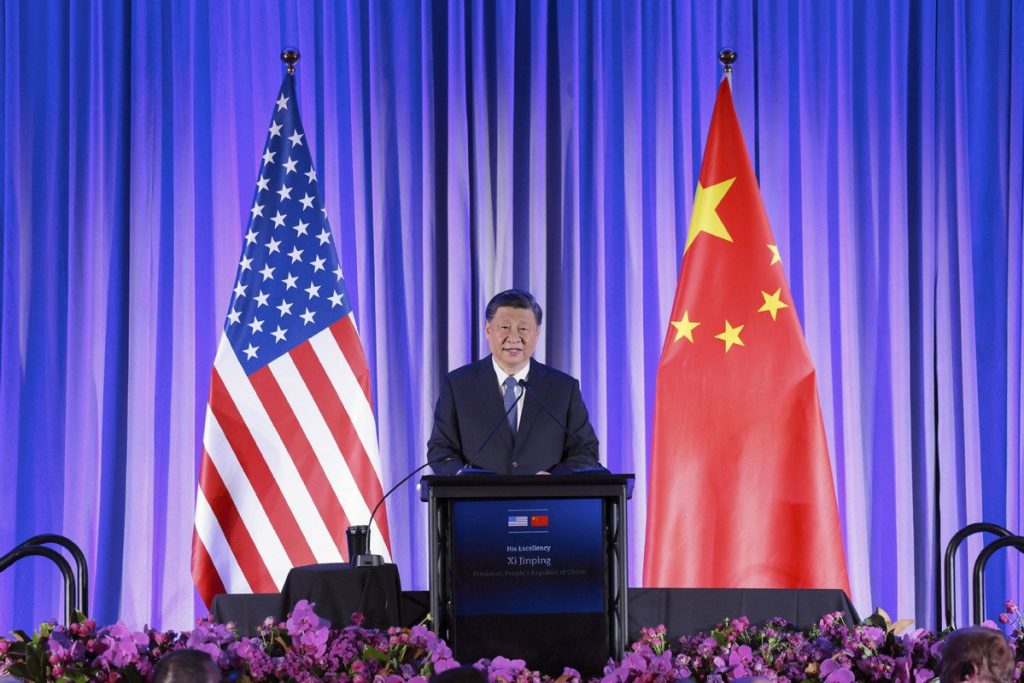
But Beijing’s control over Taiwan would breach the first island. With its territorial hold on Taiwan, the Chinese can dock their nuclear submarines in Taiwan’s exceptionally deep waters, beyond the surveillance network of the three island chains, thereby exploding the China-containment strategy. Besides, the Chinese are bound to take exception to the formation of the Australia-UK-US (AUKUS) alliance, crafted specifically to contain China in the Indo-Pacific.
The US attempt to militarise the Indo-Pacific QUAD comprising India, US, Japan, and Australia will also breach a détente, possibly emerging between Beijing and Washington following the Xi-Biden talks.


